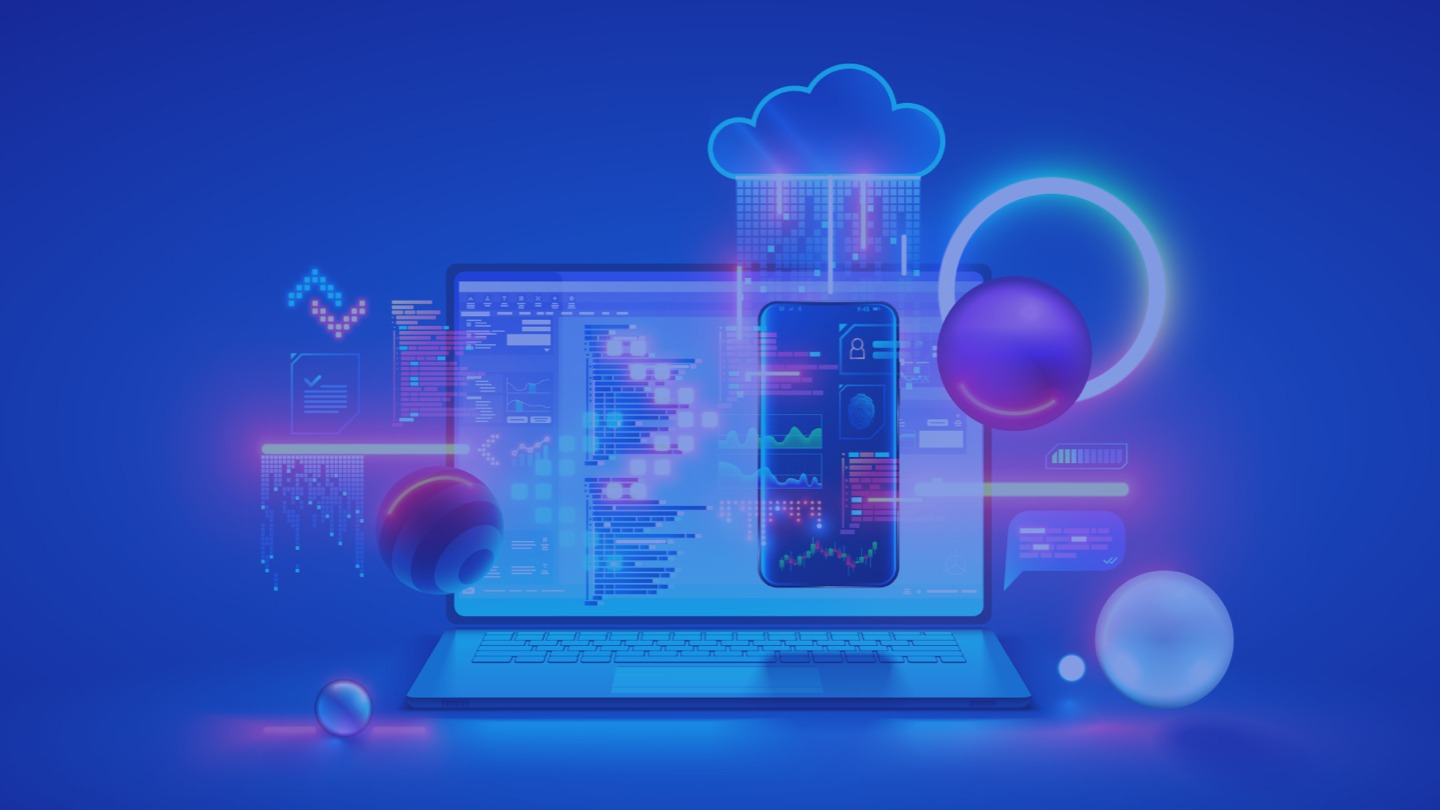AI is transforming the way we work, communicate, and make decisions. But let’s be honest, some of the language around AI can feel complicated, full of jargon that makes it sound more mysterious than it really is. The good news? You don’t need to be a data scientist to understand AI.
In this jargon buster, we break down 12 key AI terms to help communicators be more confident when discussing AI in the workplace.
- Artificial Intelligence (AI) – The Big Picture
AI is the umbrella term for technology that mimics human intelligence. It enables machines to recognise patterns, make decisions, and even generate content. If you’ve ever used voice assistants like Siri or asked ChatGPT a question, you’ve already interacted with AI. - Machine Learning (ML) – Teaching Machines to Learn
Machine learning is a type of AI that allows computers to recognise patterns and improve over time without being explicitly programmed. Think of it like a playlist that updates itself based on the songs you skip or replay – ML helps machines get better at predicting what you’ll like. - Deep Learning – AI’s Brainpower
Deep learning is a more advanced type of machine learning that mimics how the human brain processes information. It’s why AI can recognise faces, understand speech, and even diagnose diseases. - Neural Network – AI’s Inner Workings
A neural network is the structure that powers deep learning. Just like our brains have neurons that help us think, AI has layers of artificial neurons that process information and make decisions. - Large Language Models (LLMs) – AI That Understands Language
Large Language Models are a specific type of AI trained on massive amounts of text to generate human-like responses. ChatGPT is an example – it predicts the next words in a sentence based on the context, making conversations feel natural. - Natural Language Processing (NLP) – AI That Understands You
NLP helps AI interpret and generate human language. It’s why your phone can autocorrect texts, why chatbots can respond to customer queries, and how translation tools can convert languages instantly. - Generative AI – AI That Creates
Generative AI refers to models that produce new content, such as text, images, or even music. When AI writes an article, designs a logo, or generates an image from a prompt, that’s generative AI at work. - Computer Vision – AI That Sees
Computer vision allows AI to interpret and understand images and videos. It’s the technology behind facial recognition, self-driving cars, and even your phone’s ability to categorise your photos by location or person. - Bias in AI – Why Fairness Matters
AI learns from the data it’s given, so if the data has biases, the AI can unintentionally make unfair decisions. This is why ethical AI practices focus on ensuring fairness, whether in recruiting employees, approving loans, or carrying out facial recognition. - Ethical AI – Building Responsible Technology
Ethical AI refers to the principles and guidelines that ensure AI is used responsibly. This includes reducing bias, maintaining transparency, and ensuring AI benefits everyone. - Predictive Analytics – AI That Forecasts the Future
Predictive analytics uses AI to analyse past data and make informed predictions about the future. From weather forecasting to recommending products based on your past purchases, AI helps businesses and individuals make better decisions. - Reinforcement Learning – AI That Learns from Experience
Reinforcement learning is a way for AI to learn through trial and error, improving its decisions over time. It’s how AI plays and masters video games or teaches robots to navigate complex environments.
Making AI work for you
AI isn’t just for tech experts – it’s becoming an essential tool in the workplace. Understanding these terms can help you make the most of AI-powered tools, from smart assistants to automated insights that support decision-making.
The more we demystify AI, the more we empower ourselves to use it confidently. So next time someone mentions NLP, deep learning, or predictive analytics, you’ll know exactly what they mean – and why it matters.
Want to know more about how AI can enhance your communications, find efficient ways of working, creating and connecting in your workplace? Contact hello@sequel.co.uk to set up an initial chat.
